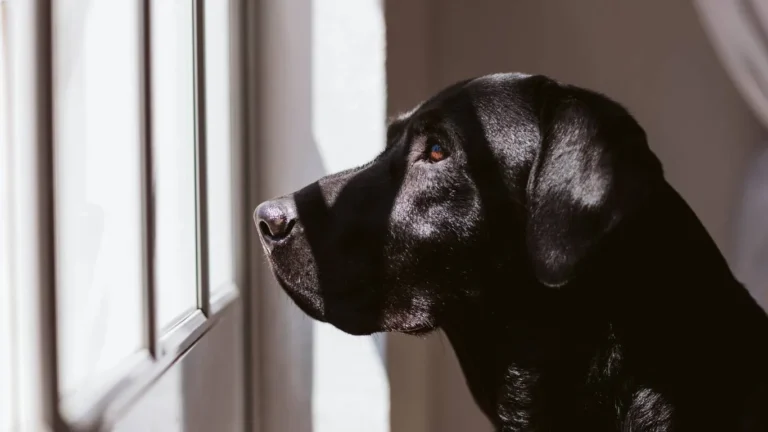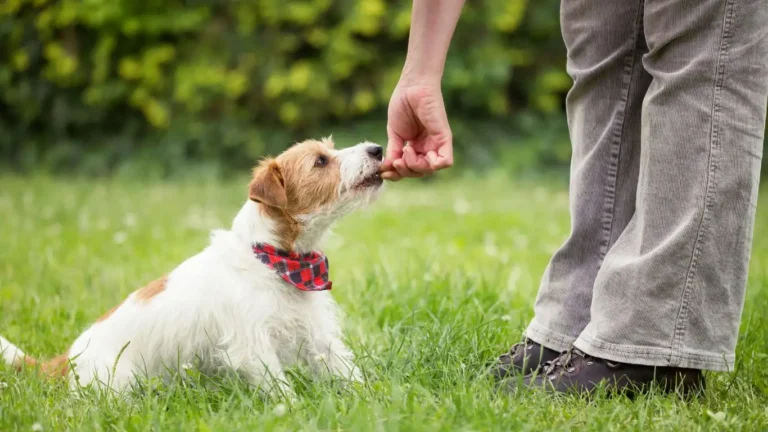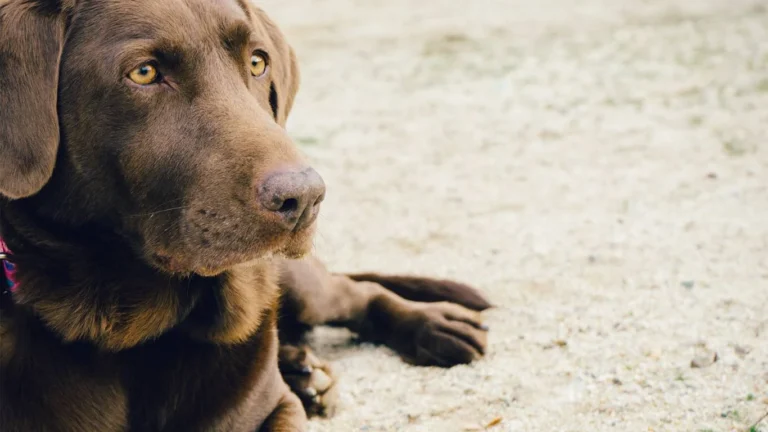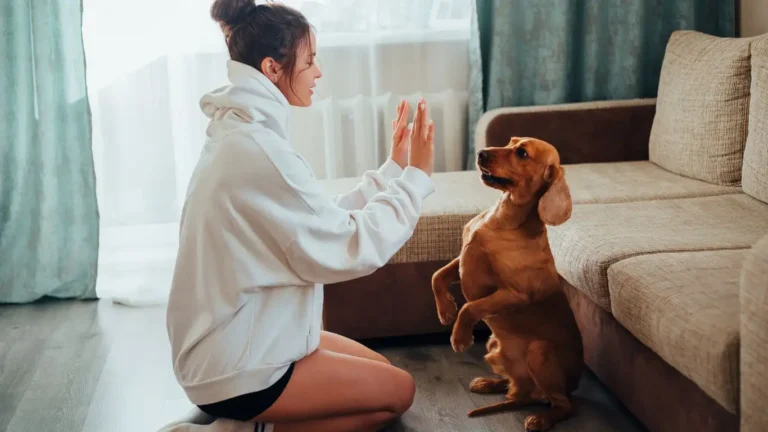How to Use Routine to Reduce Dog Anxiety and Calm Your Pup Fast
Let’s talk about something a lot of dog parents (and even us vet techs) come across way too often—dog anxiety. If you’re here wondering how to use routine to reduce dog anxiety, you’re in good company. I’ve worked with countless pups over the years in clinical settings and at home, and one thing I’ve seen consistently work wonders is the power of a steady, comforting routine. It’s like clockwork—when a dog knows what’s coming next, their whole vibe just mellows out. Think of it as their personal emotional anchor.
Why Dogs Thrive on Routine

Dogs aren’t just cute faces and wagging tails—they’re creatures of habit. Just like us, they find security in knowing what to expect. One of my clients, a lovable rescue named Max, used to shake uncontrollably every time his owner left for work. After implementing a solid, consistent routine, Max transformed from a ball of nerves into a chill, confident pup. No meds, no dramatic training programs. Just routine. It’s honestly kind of magical.
Understanding Canine Anxiety
Before we dive into structure, let’s get into what anxiety looks like. It’s not always a dramatic meltdown. Sometimes it’s subtle—excessive licking, pacing, panting, barking when left alone, or even refusing food. Sound familiar?
In the clinic, I often see dogs with what I call “anticipatory stress”—they don’t know what’s coming next, and that uncertainty builds up into full-blown anxiety. One of the best tools we have is showing them what to expect. That’s where routine steps in like a hero.
How Routine Helps Reduce Dog Anxiety
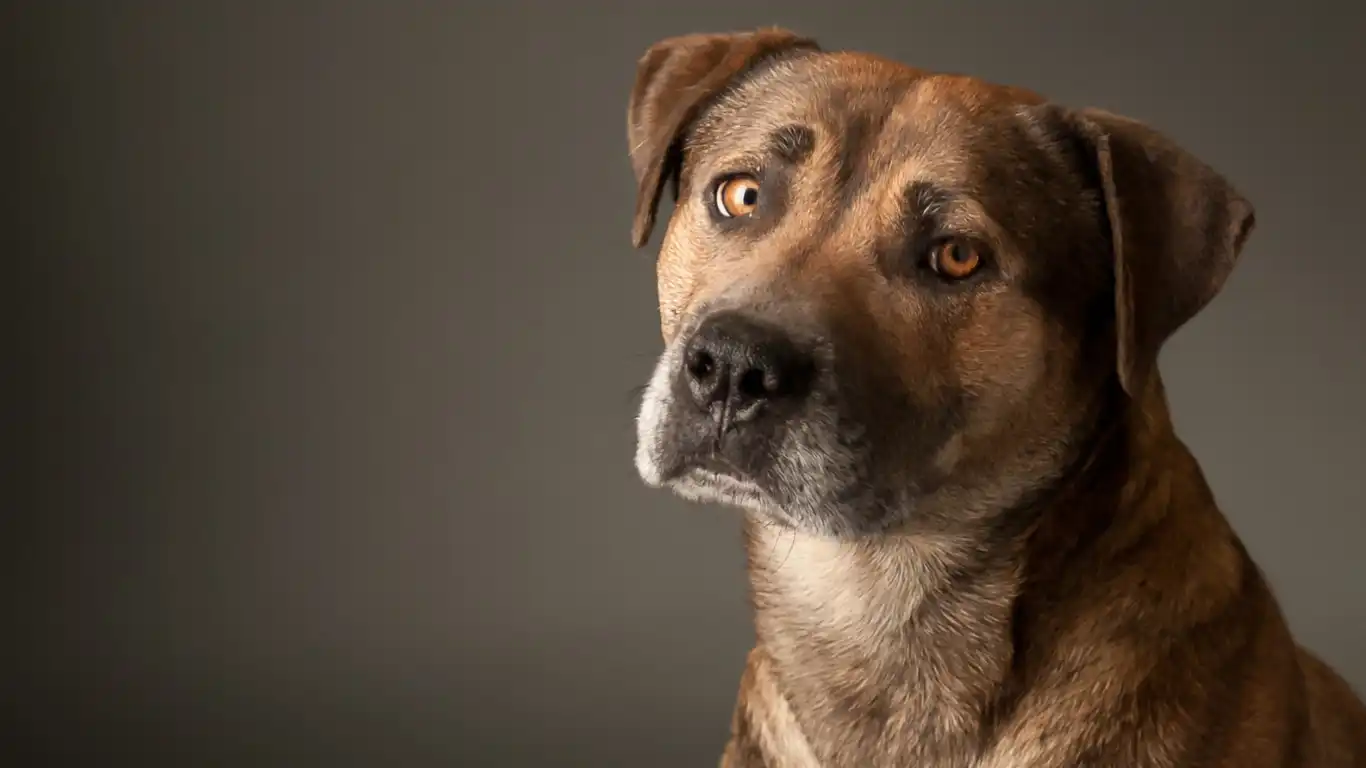
1. Creates Predictability
Imagine waking up every day at random times, never knowing when your meals are coming, or when you’ll get to go outside. Total chaos, right? That’s how anxious dogs feel when there’s no structure. Having set times for walks, meals, play, and downtime creates a predictable world for them—and predictability = peace of mind.
2. Builds Trust Between You and Your Dog
This one’s close to my heart. When your dog knows they can count on you for daily structure, it deepens the trust between you. I’ve seen so many shy or reactive dogs come out of their shells simply because their people stuck to a consistent daily plan. It’s like they finally realize, “Oh, I’m safe. My human’s got this.”
3. Reduces Decision Fatigue (Yes, Dogs Get That Too)
Yep, decision fatigue is a thing—even for dogs. When their brain is constantly scanning for “what’s next?” it gets exhausting. Routines eliminate all that guesswork. Instead of anxiety, their brain switches into autopilot, and they’re able to just be a dog.
4. Reinforces Positive Behaviors
Timing is everything when you’re shaping behavior. Feeding your dog at the same time each day or going for walks right after training reinforces the connection between good behavior and rewards. It makes your job easier, too, especially if you’re dealing with anxious behaviors like separation issues or hyperactivity.
Crafting the Right Routine for Your Dog
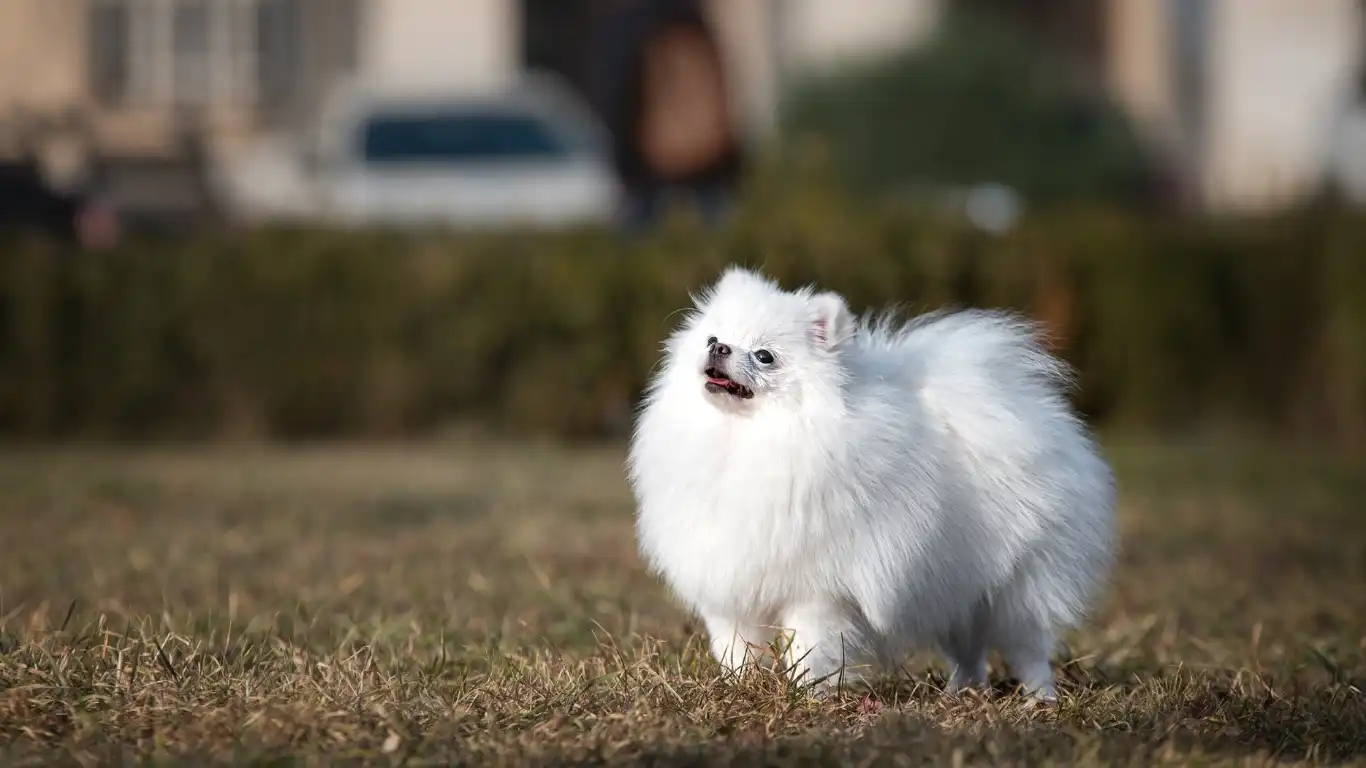
There’s no one-size-fits-all when it comes to routines, but I always start with the basics. Think of it like laying a foundation:
- Wake-up time: Keep it consistent—even on weekends. Dogs don’t know it’s Saturday.
- Meal times: Same times daily. Helps with digestion and reduces begging behavior.
- Exercise: Walks, play sessions, or training. Predictable and regular. Bonus points if it’s mentally stimulating.
- Rest and nap times: Yep, schedule in that couch snooze. It helps their nervous system reset.
- Evening wind-down: Short walk, gentle play, cuddles. Signal that the day is wrapping up.
When I helped a client structure a routine for her anxious border collie, the change was night and day. She used to dread leaving the house, because her dog would bark non-stop the second the door closed. We added a 15-minute mental game session before departures and a calm cue right before she grabbed her keys. Within a week, her dog started laying down by the door instead of panicking.
Tailoring Routine to Your Dog’s Personality
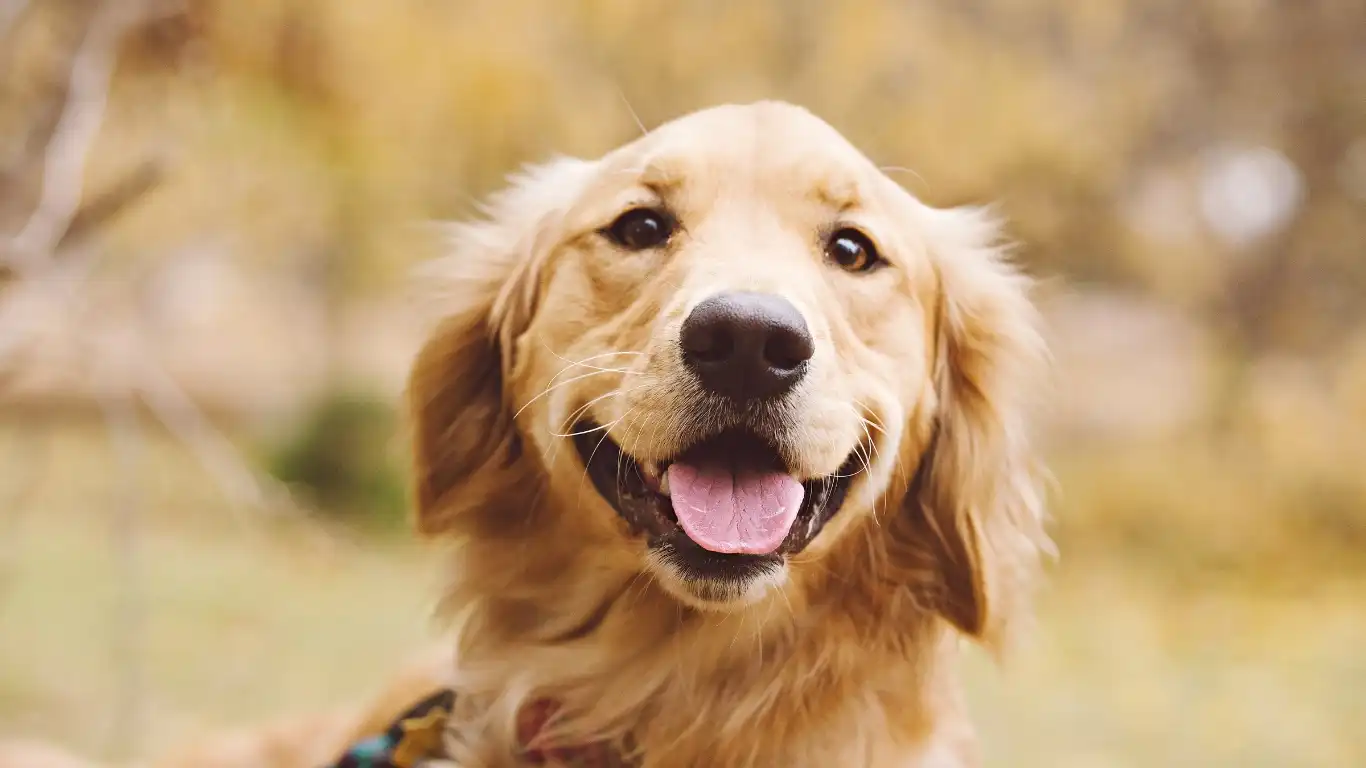
Now, here’s where it gets real—every dog is different. What works for a laid-back golden retriever won’t necessarily work for an anxious chihuahua or a high-energy shepherd. I’ve seen it all in the clinic and out in the field. One family I worked with had two dogs with completely opposite needs: one loved predictability, while the other craved variety within a familiar framework. It was a balancing act, but we found a routine sweet spot that worked for both.
Understanding Your Dog’s Needs
Start by observing your pup’s natural rhythm. Are they zoomie-crazy in the morning or more active at night? Do they get overstimulated easily, or do they seem bored and under-challenged?
- High-energy dogs: Need more mental and physical exercise. Agility training, scent games, and long walks work great.
- Shy or anxious dogs: Do better with calm transitions and slow-paced, quiet routines.
- Older dogs or those with medical conditions: Thrive on gentle structure with plenty of rest breaks and softer transitions.
One of my senior patients, Daisy, was dealing with mild cognitive dysfunction. Her owner set up a routine with visual and scent-based cues (like lavender diffusers and a softly chiming clock), and the improvement in Daisy’s behavior was heart-melting. It’s these little tweaks that make a big difference.
Making Transitions Smoother with Routine
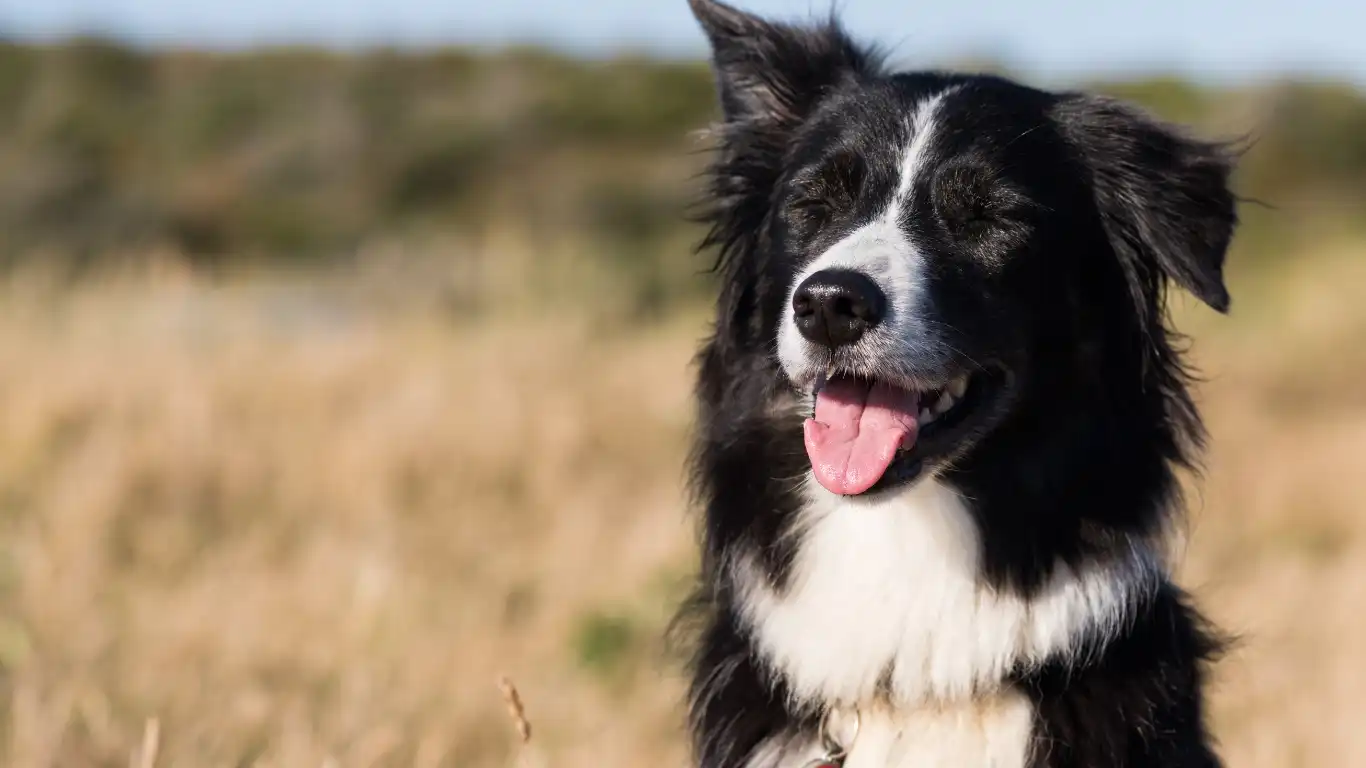
Change is tough for dogs. Whether it’s moving to a new house, welcoming a baby, or starting a new job with different hours—any disruption can trigger anxiety. But guess what smooths it all out? Yep, you guessed it… a solid routine.
Gradual Adjustments Win
I always tell pet parents to ease into change. If you know your schedule’s about to shift, start adjusting feeding or walking times gradually—15 minutes earlier or later each day until you’re at the new normal. This kind of slow roll-out is so much easier on their nervous system.
Use Consistent Cues
Dogs thrive on signals. You can use simple cues like:
- A specific song or sound before meals
- Turning off a certain light to signal bedtime
- A phrase like “I’ll be back” paired with a treat-stuffed toy before leaving
I’ve personally seen this with my own dog, Luna. I trained her with a cue routine for when I leave the house—same words, same treat puzzle, same tone of voice. Now, instead of pacing by the door, she trots over to her cozy spot and starts working on her toy like it’s her 9-to-5. It’s amazing how something so simple can totally shift their mood.
Common Routine Mistakes That Can Fuel Anxiety

Alright, let’s talk about the flip side. Because yeah, routines are magic—but only when done right. Here are a few common missteps I’ve seen (and made myself, early on!):
- Inconsistency: If one day your dog gets a walk at 7 a.m., then not until 2 p.m. the next, it builds uncertainty. Consistency matters—even if it’s not to the exact minute.
- Over-scheduling: Some pet parents go overboard with structure, leaving no room for flexibility or free time. Dogs still need unstructured play and rest!
- Ignoring the dog’s signals: If your pup’s resisting an activity or seems stressed, don’t force it. Adjust the plan. Routine should serve them, not control them.
One of my clients was doing everything by the book—but her dog still seemed stressed. Turns out she was following an ultra-rigid schedule that didn’t account for her dog’s natural afternoon energy dips. Once she shifted walk time to the morning and made afternoons more restful, the difference was like night and day.
Enhancing Routine with Enrichment
Here’s a pro tip from someone who’s seen it work time and time again—routine doesn’t mean boring. In fact, predictable structure makes it easier to layer in mental and sensory enrichment, which is key to reducing anxiety long-term.
Mix in Some Fun!
Keep core activities like meals, walks, and sleep times consistent, but switch up how they happen:
- Feed from puzzle toys a few times a week
- Change walking routes or let your dog lead the way on “sniffari” days
- Introduce scent work, like hiding treats around the house or yard
My go-to enrichment tool? A simple muffin tin with tennis balls covering tiny treats. Even nervous dogs light up when they get to “hunt” for their snacks. It gives them a job, builds confidence, and fits beautifully into a daily routine.
Consistency Over Perfection: Staying Real with Your Routine
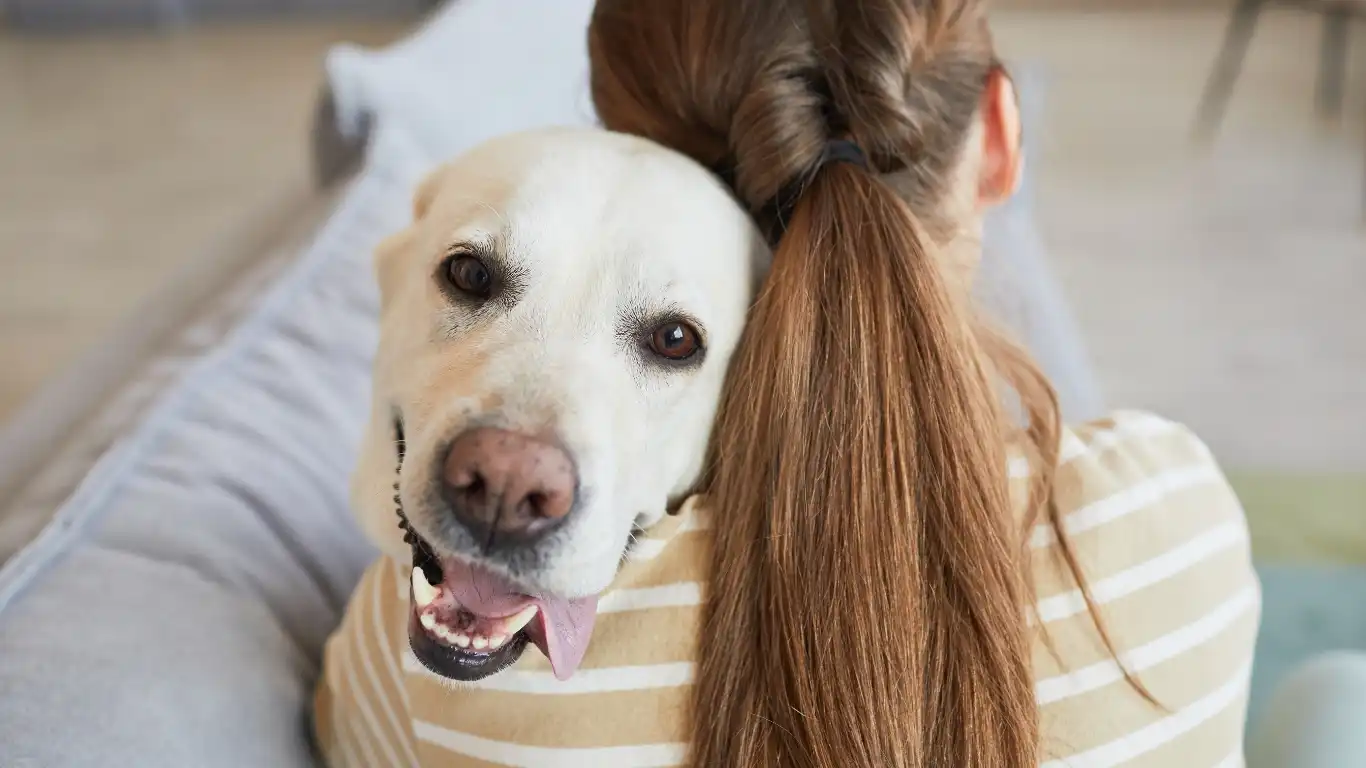
Let’s be honest—life happens. There will be days when your routine goes out the window. I’ve had clients feel guilty because their schedule wasn’t perfect every single day, but here’s the truth: it’s the consistency over time that really counts, not perfection. Dogs are pretty adaptable, and they don’t need a rigid clockwork existence to feel safe—they just need to know you’re showing up for them.
From my years working alongside vets and nutrition specialists, I’ve learned that the most successful routines are the ones you can stick to without feeling overwhelmed or stressed yourself. A relaxed owner makes for a relaxed dog. So if you miss a walk or feed a bit late, don’t sweat it—just get back on track as soon as you can.
Keep Your Routine Flexible
One mistake I often see is treating routine like a strict, immovable rulebook. Instead, think of it as a gentle guide. If your dog’s feeling tired or stressed, adjusting nap time or shortening a walk is totally okay. What matters is that your pup feels safe and understood.
And here’s a little secret from personal experience: when I had my own anxious rescue, I found that giving her a consistent framework but allowing for small daily variations kept her calm yet mentally engaged. That balance was key.
When to Seek Professional Help
Routine is an amazing tool, but sometimes anxiety can be deeper or more complicated. If your dog’s anxiety is severe—like destructive behaviors, nonstop barking, or self-harm—don’t hesitate to reach out for professional guidance. As a vet tech specializing in nutrition and behavioral health, I always recommend pairing routine with expert support when needed.
Who to Turn To?
- Veterinarians: Rule out any medical causes of anxiety.
- Certified Dog Behaviorists: Help with detailed behavior modification plans.
- Professional Trainers: Specialize in positive reinforcement and routine-building.
- Nutritionists: Certain diets and supplements can support calming and overall wellness.
In my practice, I’ve seen how combining routine with the right diet and calming supplements can make a huge difference. For example, omega-3 fatty acids and certain amino acids can support brain health and emotional balance. It’s all about treating your dog holistically.
Final Thoughts on Using Routine to Reduce Dog Anxiety
So, there you have it—building a routine isn’t about being rigid or perfect; it’s about creating a reliable, comforting environment that your dog can count on. From predictable meal times to consistent walks and thoughtful enrichment, routine helps your dog feel safe, reduces stress, and builds trust between you.
Remember, every dog is unique, so tailor your routine to fit their personality, energy level, and needs. Watch for their cues, stay flexible, and don’t hesitate to ask for help when anxiety feels overwhelming. Trust me, the payoff is huge—a calmer, happier pup who feels like they truly belong in your world.
As a veterinary technician who has seen these transformations firsthand, I can confidently say that routine is one of the simplest, most effective ways to support your dog’s emotional health. So start small, be consistent, and watch the magic happen.
References
- American Veterinary Medical Association
- American Society for the Prevention of Cruelty to Animals
- Certification Council for Professional Dog Trainers
- PetMD
Disclaimer
The information provided here is based on my professional experience as a Veterinary Technician specializing in nutrition and general canine care. This article is intended for educational purposes only and is not a substitute for professional veterinary advice. Always consult your veterinarian or a qualified animal behaviorist for diagnosis and treatment tailored to your pet’s specific needs.


